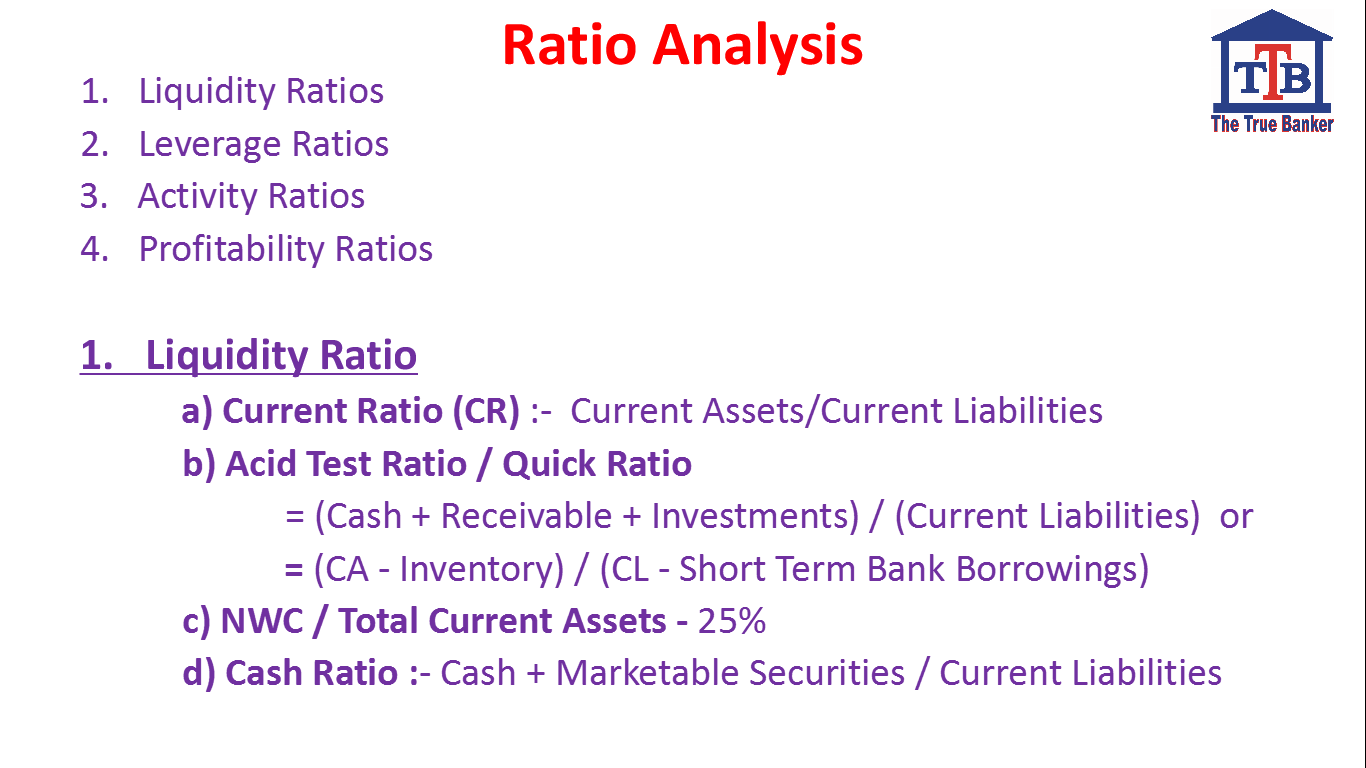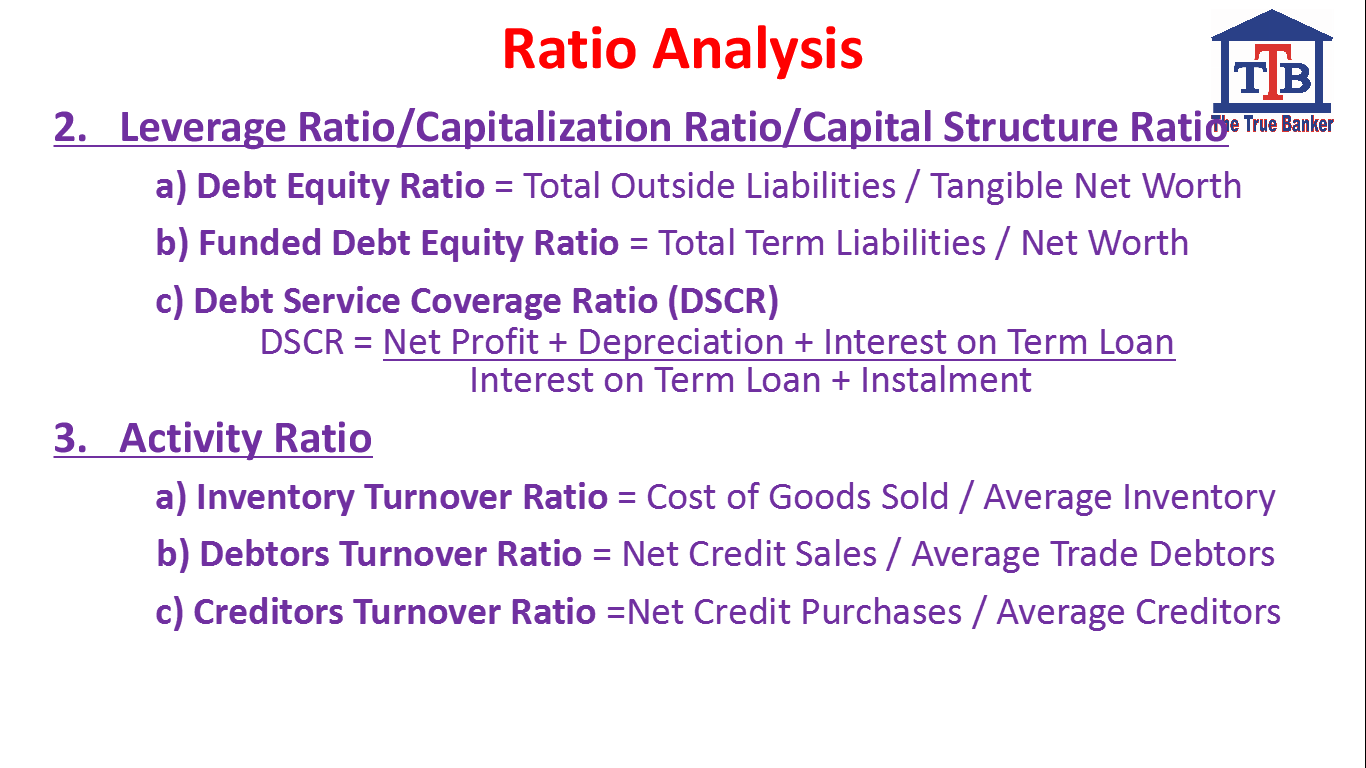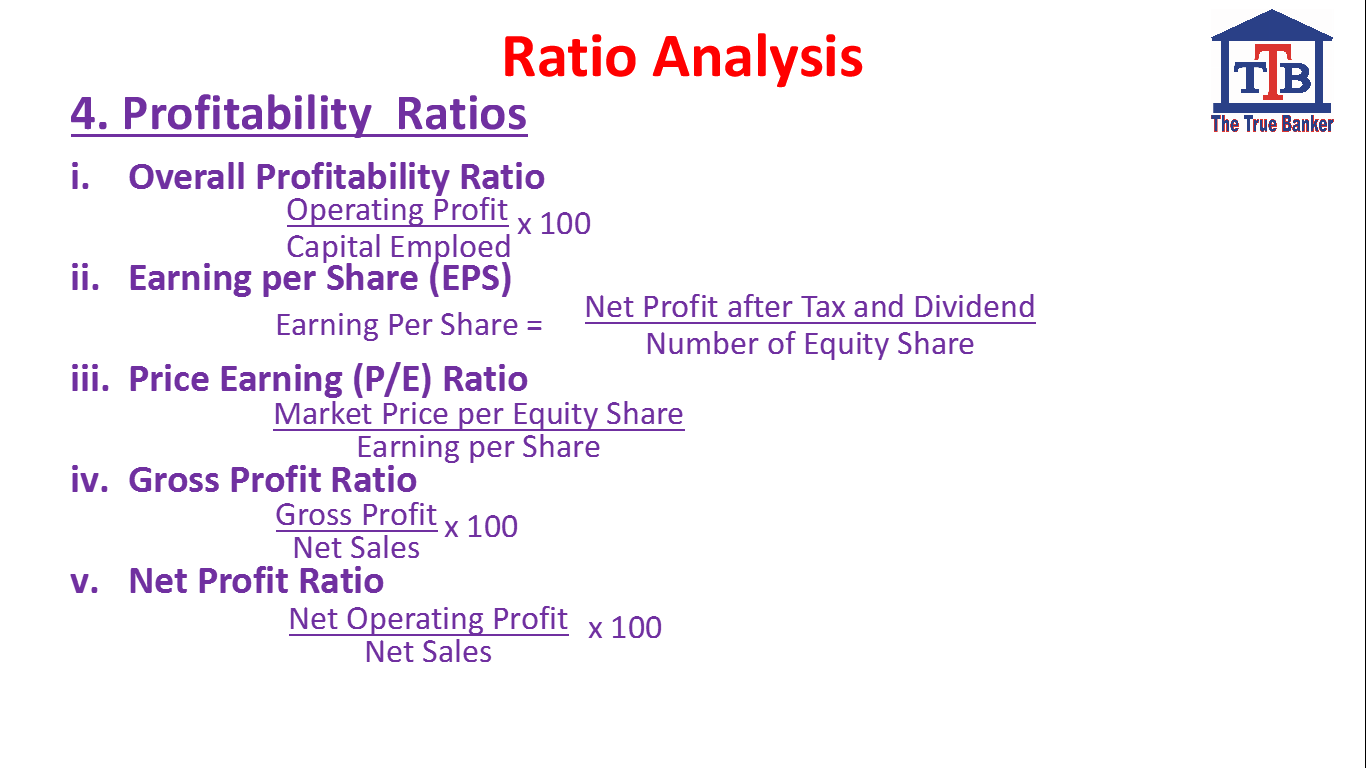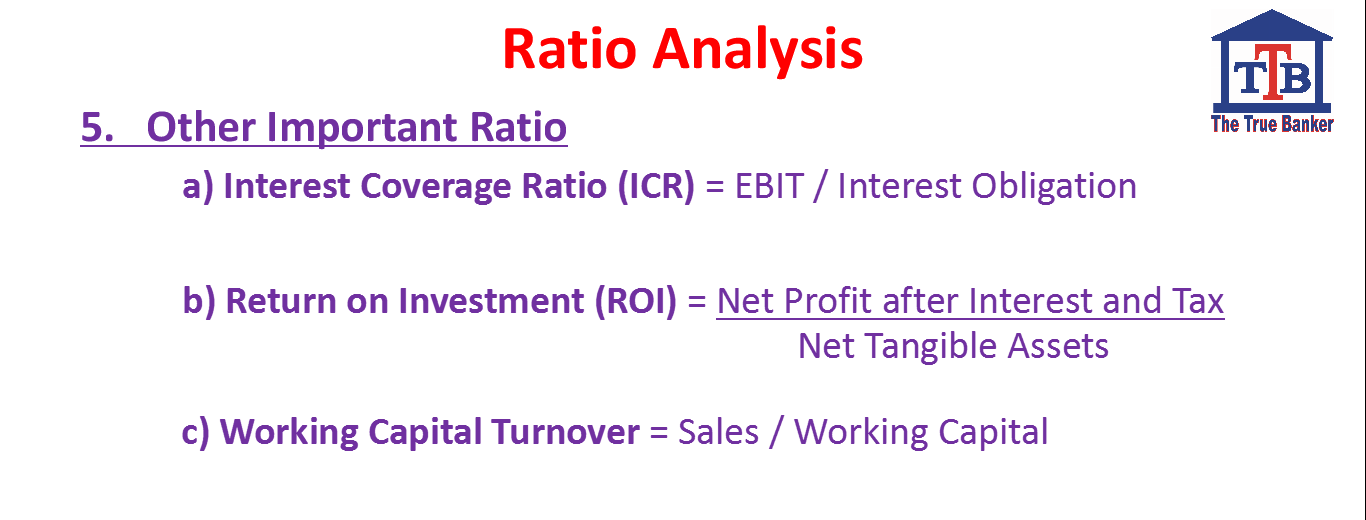Balance Sheet
The “Statement of Financial Position” which reveals the money value of company’s assets, liabilities and owners’ equity (Net Worth) on a particular day is known as the balance sheet.
Equity and Liability
- Shareholders’ Funds
- a) Share Capital
- b) Reserves and Surplus
- c) Money received against share warrants
- Share application money pending allotment
- Non-current Liabilities
- a) Long-term borrowings
- b) Deferred tax liabilities
- c) Other Long-term liabilities
- d) Long-term provisions
- Current Liabilities
- a) Short-term borrowings
- b) Trade payables
- c) Other current liabilities
- d) Short-term provisions
Assets
- Non-current Assets
- a) Fixed assets
- Tangible assets
- Intangible assets
- Capital work in progress
- Intangible assets under development
- b) Non-current investments
- c) Deferred tax assets
- d) Long-term loan and advances
- e) Other non-current assets
- a) Fixed assets
- Current Assets
- a) Current Investments
- b) Inventories
- c) Trade receivables
- d) Cash and cash equivalents
- e) Short-term loans and advances
- f) Other current assets
Balance Sheet and Banker
A bank will not approve credit unless the balance sheet and financial statement reveal that the company has:
- A Sound financial position (Solvency Test)
- Good liquidity (Cash Flows)
- A good earning capacity (Profitability)
Current Liabilities Include
- Short term borrowing form Banks and Others
- Unsecured Loans
- Public Deposits maturing within one year
- Sundry creditors
- Interest & other charges accrud but not due for payment
- Advance payments from customers
- Deposits from Dealer, selling agent etc.
- Installment of term loan and long term deposits payable within one year
- Statutory Liabilities
- Current Liabilities
Current Assets Includes
- Cash and Bank Balances
- Investments
- Receivables other than deferred receivables
- Installments of deferred receivable due within one year
- Raw materials and components used in manufacturing
- Semi finished & finished goods
- Other consumable spares
- Advance payment for tax
- Pre-paid expenses
- Advance for purchase raw materials
- Receivable from contracted sales of fixed assets
Profit & Loss Account
- Gross Profit = Profit before Depreciation, Tax and other appropriating expenses
- Net Profit = Profit after Depreciation, Tax and other appropriating expenses
- Return on Equity = Net Profit/Equity
- Return on Investment = Net Profit/Shareholder’s Funds
- Net Worth = Paid up capital + General Reserve + Surplus – Intangible Assets
- Net Working Capital = Current Assets – Current Liabilities
- Working Capital Gap = Current Assets – Current Liabilities other than Bank Borrowings




Purpose of Analysis of Financial Statements by Bankers
- Assessment of Performance and Financial Position
- Projection of Future Performance
- Detecting Danger Signals
- Assessment of Credit Requirements
- Examine Funds Flow
- Cross Checking
